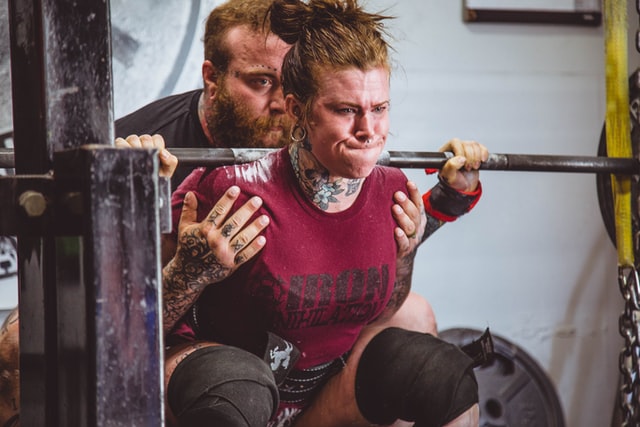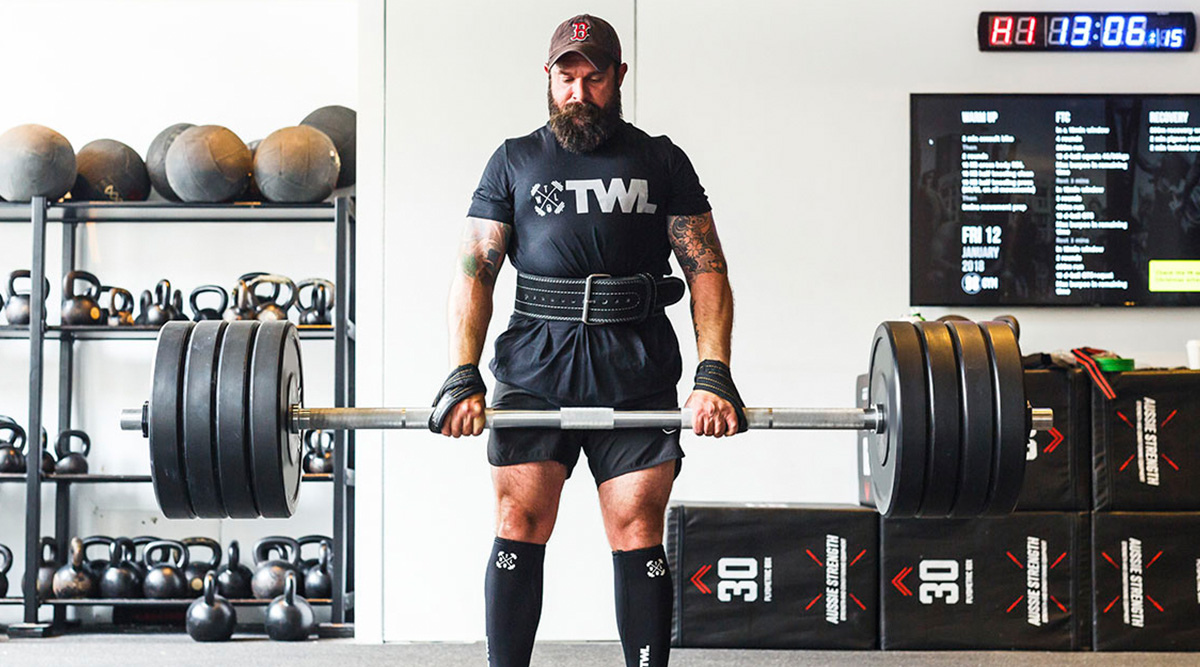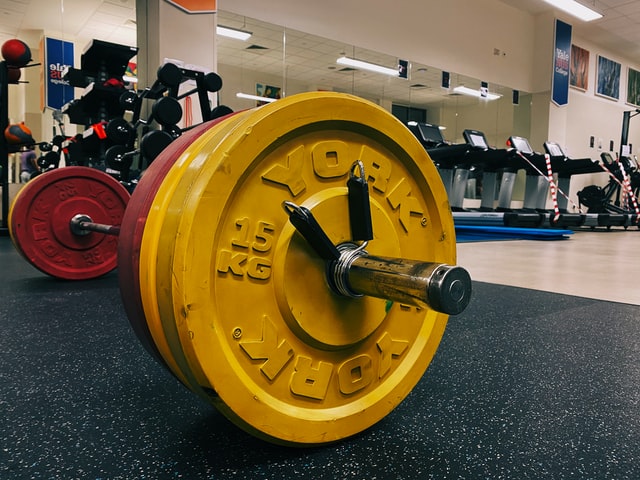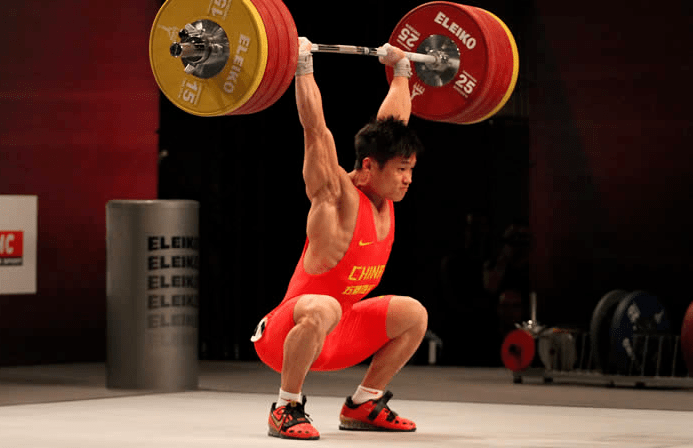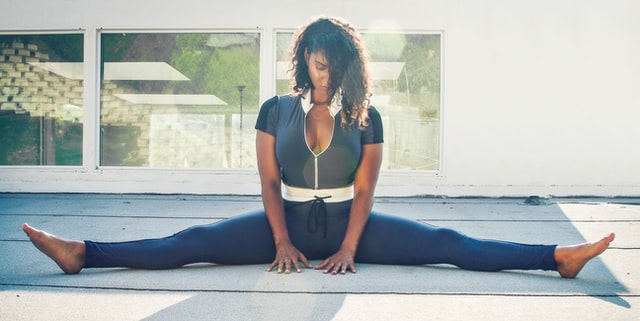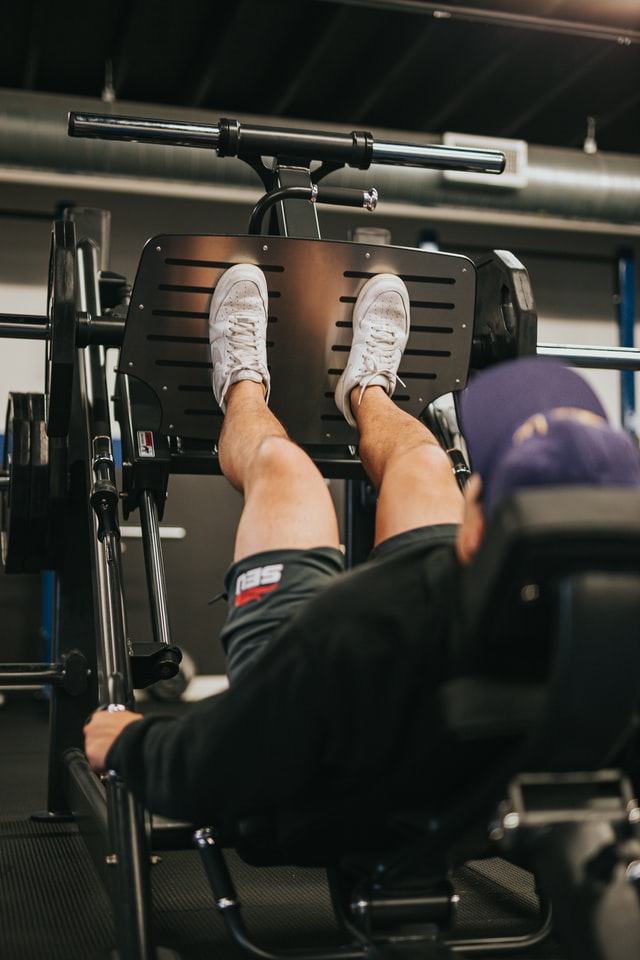Bodybuilding and weightlifting exercises
As we have commented previously in this blog, the first thing you have to define when you train are your goals. Do I want to develop my upper body? Do I want to increase my strength? I want to lose weight? Etc.
The difference between athletes who practice bodybuilding exercises and weightlifting is visually noticeable since their objectives are different. Anyway, there are many people who doubt about the training that they follow each other to achieve results. In this post we will review the types of training and objectives of each discipline to understand it better.
After an introduction to these disciplines, we also leave you with several bodybuilding exercises in case you want to focus on gaining volume.
Bodybuilding: the focus is on size.
Bodybuilders often lift weights not with the goal of building strength but with the goal of increasing the size of their muscles. Bodybuilders will obviously build strength as they train, but this will be an added effect to their main goal of bulking up.
Bodybuilders who lift weights to increase their size usually work to get the blood to carry as much oxygen and nutrients to the muscles. This gives them a nice feeling and keeps them active while training at the limit. The type of lifting that bodybuilders do has the goal of creating micro-tears in the muscle, forcing the body to repair it and thus increasing storage capacity. The body repairs, causes muscle growth. This training procedure is known as hypertrophy.
As muscles grow they can develop more power, which means they can exert greater force during workouts. However, the energy stored in bulky muscles is not the same as actual strength, and for this reason bodybuilders tend to be weaker than they appear.
The term bodybuilding generally refers to competitive displays, which is why many bodybuilders focus on working their bodies to look their best on stage.
Read until the end to find 5 bodybuilding exercise programs
Strength training: the focus is on muscle power.
When it comes to strength training, there is one main goal with training: to increase the amount of power your muscles can develop to lift loads. The size and shape of the muscles do not matter as long as they can provide maximum force during the lift.
Strength training focuses on exercises with low repetitions and heavy weights, and is focused on teaching your central nervous system how to use your motor units when you lift. Lifting is focused on increasing the strength of your muscles, strengthening your joints, strengthening your bones, and developing stronger tissues.
Unlike bodybuilding exercises, in strength exercises the strength of athletes does not have to be reflected in a perfectly sculpted body. Strength athletes typically have a higher percentage of body fat, and their body shapes tend to be more solid and blocky rather than sleek and lean as is the case for bodybuilders. In any case, when it comes time to use the muscles, strength athletes can develop more strength and last longer than bodybuilders.
Weightlifting
Weightlifting is a particular type of strength training to increase muscular strength and the size of skeletal muscles. In weightlifting, bars, dumbbells and weight discs are used to train concentric and exectric muscle contraction exercises. This discipline also uses a series of specialized equipment to train specific muscle groups.
Weightlifting is also an Olympic discipline in which athletes attempt to lift their maximum weight in a one repetition lift of a barbell loaded with weight plates. The two weightlifting competitions are the snatch and the two-stroke.
The snatch has a wide grip and a single lift while in the two-stroke the bar is raised in two different sequences. In Olympic weightlifting, each athlete receives three attempts for each of the categories: snatch and two times. The sum of the total weight of the two highest lifts will determine the weight lifted to be taken into account in a competition. An athlete who fails to perform a valid snatch and two-stroke lift will receive an incomplete grade for the competition.
Although there are not many globally competitive Olympic lifters, the lifts developed in the sport of weightlifting, and in particular the components of the lifts such as squats, deadlifts, etc. They are frequently used by elite athletes specialized in other disciplines and sports to train explosive and functional strength.
You may have also heard of Chinese Weightlifting. Chinese Weightlifting is the training system for weightlifters from the communist country with which they are achieving great results.
5 bodybuilding exercises to increase volume
If you are interested in gaining muscle mass, one of your highest priorities is to determine which method will work for you. Here we present 5 training programs to increase your volume.
#1. The 5X5 program
The 5X5 program is quite popular among those who are interested in gaining the maximum amount of strength and muscle mass. The objective of this program is to perform three exercises focused on the main muscle groups of the body: the upper body and the lower body, performing series of 5 repetitions for each exercise. At the end of each training you can add series of isolated bodybuilding exercises if you need them, although they are not required by the program itself.
#2. german volume training
The next program to build bulk is the German Bulk Training program. This training is similar to the 5X5 program since it will also ask you to do a good number of exercises, but it differs in that the number of repetitions increases up to 10 repetitions and 10 series for each exercise.
The goal of this program is to focus on two muscle groups a day, alternating between them over the course of three training days a week.
#3. The FST-7 training program.
The third type of volume training program that is currently in vogue is FST-7 training. This program is not specifically based on a series of exercises that you have to perform or a protocol to divide the muscle groups of your body. This program gives you the guidelines for what you should be training in the last bodybuilding exercise for each body part you worked in that session.
The acronym FST comes from the English Fascial Stretch Training, which indicates that one of the main objectives that this program tries to achieve is to stretch the soft connective tissue that is found around your muscles as well as in the rest of your body.
This fabric is primarily responsible for helping to maintain the structural integrity of your body, providing support and protection, and works as a shock absorber when you perform your workouts both in and out of the gym.
When the soft tissue is stretched, you will see increases in muscle growth. There will also be a greater contribution of minerals, amino acids and oxygen to the tissues.
With this workout, perform seven sets of 15 repetitions of the last exercise you did for each muscle group. It is important that you make the rest periods between these sets shorter and shorter – about 30 seconds total.
Keep in mind that you will probably have to use a lower weight than you normally used for each bodybuilding and weightlifting exercise since you are now doing a much higher total number of repetitions.
#4 Split upper and lower body training.
The fourth type of exercise is the upper and lower body. This routine is based on training exchanging muscle groups so that you train each group twice a week.
This system is a good option for beginners and lifters who are looking to gain mass since it allows you to get plenty of rest throughout the week. If you are an advanced athlete you can also increase the number of series and define your selection of exercises and rests to increase your muscle gains at any level.
On the other hand, this system forces you to do four sessions a week. If you have trips or other commitments, following the training calendar can be a problem for you since it is not very flexible.
#5. full body workout
Finally we stop at full body training. The 5 x 5 program could also be considered a full body program since you work virtually all major muscle groups with the three exercises of your choice. In any case, true full body training programs will give you a specific exercise for each muscle group: quads, hamstrings, chest, back and shoulders (arms are worked when you work chest and back).
In addition to these lifts and bodybuilding exercises dedicated to muscle groups, you can also work some isolated exercises to train individual muscles.
In conclusion, remember that workouts aimed at bodybuilders are focused on gaining volume, while exercises used by strength athletes seek to gain muscle power. Weightlifting is a discipline within strength exercises and has two Olympic categories that are the snatch and the two-stroke.
If you want to start doing bulking training, you can follow our recommendations on the training programs most used by athletes. Always remember to ask specialized professionals who know your physical situation when defining your training to obtain the best results in a timely manner.


